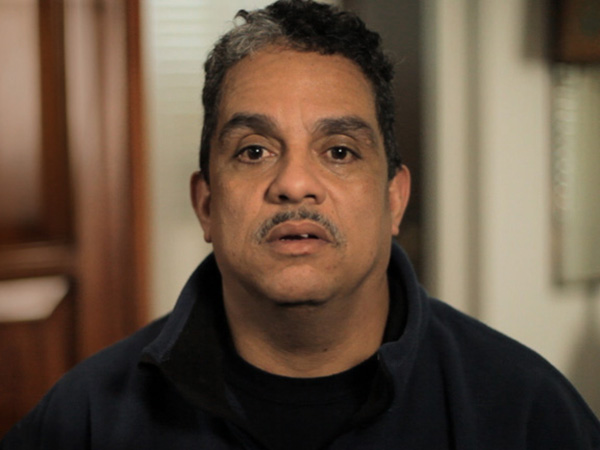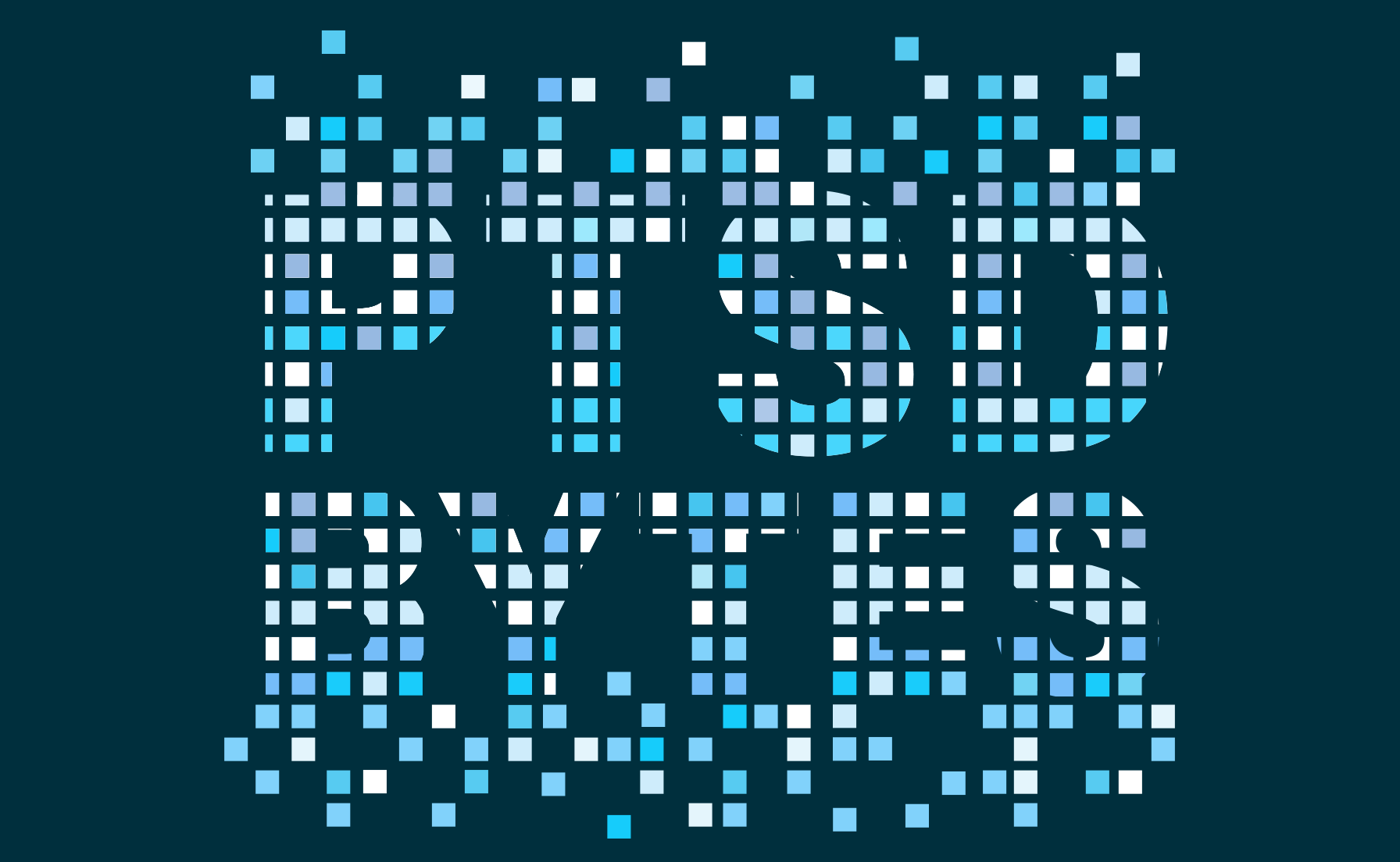PTSD Basics
PTSD Basics
Available en Español
Posttraumatic stress disorder (PTSD) is a mental health problem. PTSD can only develop after you go through or see a life-threatening event. It's normal to have stress reactions to these types of events, and most people start to feel better after a few weeks. If symptoms last longer than a month and are causing problems in your life, it could be PTSD. Learn about PTSD symptoms and treatments to help you recover.
Reading time: minutes
It's normal to have upsetting memories, feel on edge, or have trouble sleeping after a traumatic event (also called "trauma"). At first, it may be hard to do daily activities you are used to doing. Going to work or school, even spending time with people you care about, can feel difficult right after a traumatic event. But most people start to feel better after a few weeks. For some people, PTSD symptoms may start later, or they may come and go over time.
If it's been longer than a month and thoughts and feelings from the trauma are upsetting you or causing problems in your life, you may have PTSD.
Video
How I Knew I Had PTSD
When you have PTSD, the world feels unsafe. You may have upsetting memories, feel on edge, or have trouble sleeping. You may also try to avoid things that remind you of your trauma—even things you used to enjoy.
Who Develops PTSD?
Anyone can develop PTSD at any age. Some factors can increase the chance that someone will have PTSD, many of which are not under that person's control. For example, having a very intense or long-lasting traumatic event or getting injured during the event can make it more likely that a person will develop PTSD. PTSD is also more common after certain types of trauma, like combat and sexual assault.
Personal factors—like previous traumatic exposure, age and sex—can affect whether a person will develop PTSD. What happens after the traumatic event is also important. Stress can make PTSD more likely, while social support can make it less likely.
What Are the Symptoms of PTSD?
PTSD symptoms usually start soon after the traumatic event, but they may not appear until months or years later. They also may come and go over many years. If the symptoms last longer than 4 weeks, cause you great distress, or interfere with your work or home life, you might have PTSD.
There are 4 types of PTSD symptoms. To be diagnosed with PTSD, you need to have each type. That said, everyone experiences symptoms in their own way.
- Reliving the event (also called re-experiencing symptoms). Memories of the traumatic event can come back at any time. They can feel very real and scary. For example:
- You may have nightmares.
- You may feel like you are going through the event again. This is called a flashback.
- You may see, hear or smell something that causes you to relive the event. This is called a trauma reminder, cue or trigger. News reports, seeing an accident, or hearing fireworks are examples of trauma reminders.
- Avoiding things that remind you of the event. You may try to avoid situations or people remind you of the trauma event. You may even avoid talking or thinking about the event. For example:
- You may avoid crowds because they feel dangerous.
- You may avoid driving if you were in a car accident or if your military convoy was bombed.
- If you were in an earthquake, you may avoid watching movies about earthquakes.
- You may keep very busy or avoid getting help so you don't have to think or talk about the event.
- Having more negative thoughts and feelings than before the event. The way you think about yourself and others may become more negative because of the trauma. For example:
- You may feel numb—unable to have positive or loving feelings toward other people—and lose interest in things you used to enjoy.
- You may forget about parts of the traumatic event or not be able to talk about them.
- You may think the world is completely dangerous, and no one can be trusted.
- You may feel guilt or shame about the event, wishing you had done more to keep it from happening.
- Feeling on edge or keyed up (also called hyperarousal). You may be jittery, or always alert and on the lookout for danger. You might suddenly become angry or irritable. For example:
- You may have a hard time sleeping.
- You may find it hard to concentrate.
- You may be startled by a loud noise or surprise.
- You might act in unhealthy ways, like smoking, abusing drugs or alcohol, or driving aggressively.
What Are the Symptoms of PTSD in Children?
Children may have symptoms like those above or other symptoms. As children get older, their symptoms are more like those of adults. Here are some examples of PTSD symptoms in children and teens:
- Children under 6 may get upset if their parents are not close by, have trouble sleeping, or act out the trauma in their play.
- Children ages 7 to 11 may also act out the trauma through play, drawings or stories. Some have nightmares or become more irritable or aggressive. They may also want to avoid school or have trouble with schoolwork or friends.
- Children ages 12 to 18 have symptoms more similar to adults: depression, anxiety, withdrawal, or reckless behavior like substance abuse or running away.
Read more about PTSD in Children and Teens.
Do People With PTSD Get Better?
After a traumatic event, it's normal to think, act, and feel differently than usual--but most people start to feel better after a few weeks. Talk to a doctor or mental health care provider (like a psychiatrist, psychologist, counselor or social worker) if your symptoms:
- Last longer than a month
- Are very upsetting
- Disrupt your daily life
"Getting better" means different things for different people. There are treatment options for PTSD. For many people, these treatments can get rid of symptoms altogether. Others find they have fewer symptoms or feel that their symptoms are less intense. Your symptoms don't have to interfere with your everyday activities and relationships.
What Treatments Are Available?
Both trauma-focused psychotherapy (sometimes called counseling or talk therapy) and medication are proven to treat PTSD. Sometimes people combine psychotherapy and medication.
Trauma-focused psychotherapy
A few trauma-focused psychotherapies are the most highly recommended treatments for PTSD. "Trauma-focused" means that the therapy focuses on the memory of the traumatic event or its meaning. The 3 most effective types of trauma-focused psychotherapy are:
- Cognitive Processing Therapy (CPT) where you learn skills to understand how trauma changed your thoughts and feelings. Changing how you think about the trauma can change how you feel.
- Prolonged Exposure (PE) where you talk about your trauma repeatedly until memories are no longer upsetting. This will help you get more control over your thoughts and feelings about the trauma. You also go to places or do things that are safe, but that you have been staying away from because they remind you of the trauma.
- Eye Movement Desensitization and Reprocessing (EMDR), which involves focusing on sounds or hand movements while you talk about the trauma. This helps your brain work through the traumatic memories.
Learn more about these and other Talk Therapies for PTSD.
Medications for PTSD
Certain medications can be effective for treating PTSD symptoms. Some specific medications are used to treat PTSD symptoms. These include sertraline, paroxetine and venlafaxine. Learn more about Medications for PTSD.
You May Also Be Interested In



























